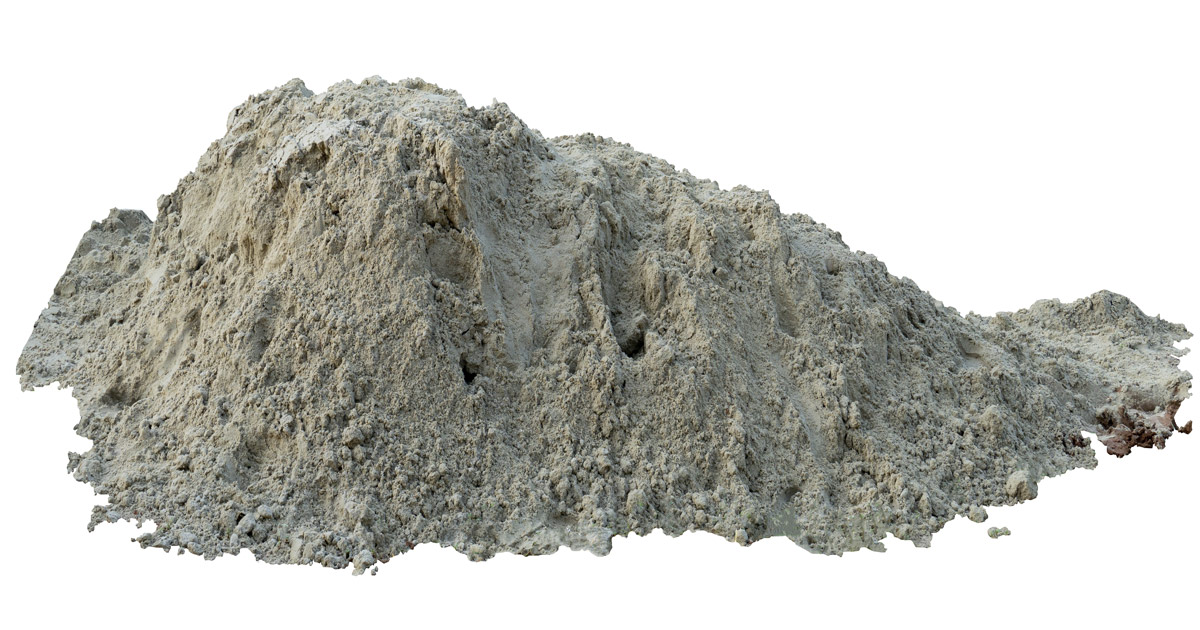MENU
- Home
- Overview
- Attorneys
- Practice Areas
- Firm News
- Blog
- Contact

Silica, or silicon dioxide, is a natural mineral compound that can be in a crystalline or non-crystalline form. Many construction materials have silica, like stone, drywall, cement, asphalt, brick, and concrete. Those who work in these fields as well as other industries, like agriculture, ceramics, paint and soap manufacturing, and shipbuilding and mining, may be exposed to crystalline silica dust while on the job.
When it is left undisturbed, crystalline silica is not dangerous; however, when it is disrupted, toxic particles can be created, which can get into the lungs. One estimate claims that one million construction workers are exposed to toxic levels of silica dust.
Small amounts of fine silica dust is enough to be hazardous. The Occupational Safety and Health Administration (OSHA) regulates the construction industry and has specific rules that apply to this toxic material. The OSHA states that employers must keep work exposures at or below the permissible exposure limit (PEL). It is not unusual for construction companies to violate OSHA regulations, though. Chipping, cutting, drilling, grinding, and blasting materials that have silica in them may create toxic silica dust that rises above the PEL.
In 1996, crystalline silica was discovered to be a carcinogen. Inhaling toxic silica dust is known to cause serious and fatal illnesses, including silicosis. Silicosis develops after toxic silica dust has entered the lungs over long periods of time. It may cause scars as well as hardening of the lung tissues. Early symptoms include chronic coughing, fever, and a shortness of breath. The disease affects people differently, depending on their state of health and amount and length of exposure. It is not curable, but can be treated with medication, and in serious cases, oxygen treatments or lung transplants. In some cases, silicosis can be fatal. Other diseases linked to toxic silica dust include:
There have been individual silica lawsuits filed by one injured person, and class action silica lawsuits involving groups of people against the same defendants. One example of the latter would be a number of constructions workers vs. the quarry company that employs them.
Some silica cases focus on products liability, which is when a plaintiff alleges that a product they used contained silica and was hazardous. They would also need evidence to show that the manufacturer did not have adequate instructions or warnings regarding safe use for the product. The manufacturer as well as the distributor could be sued.
Other silica lawsuits revolve around unsafe exposure. A group of injured workers could allege that the employer was careless and allowed the workers to become exposed to toxic amounts of silica dust. The plaintiffs would need to prove the employer’s negligence. They may be able to show that the employer failed to establish safety precautions or did not follow the OSHA guidelines.
If a person believes they were exposed to silica dust, they should meet with a lawyer to discuss their environmental toxic tort case.
Some companies have taken the initiative to find ways to reduce employee silica exposure. Some organizations have also taken strides to correct the problem, including the Concrete Sawing and Drilling Association, trade groups, universities, and state agencies. The OSHA requires companies to train their employees about working with silica; limited access to areas with high exposure and medical exams are also part of the standard.
A post on Construction Pros mentioned the use of vacuum lifting systems, which can be used instead of jackhammers and drills for maneuvering concrete slabs. This method can also be used in place of hammers, shackles, and anchors to cut concrete with no drills needed. Vacuum systems are also able to keep the large slabs in one piece.
The OSHA also recommends that some tools be fitted with dust collection systems and shrouds. Water systems are another way to control silica dust. According to the agency, slurry that results from wet cutting has to be cleaned appropriately in order to stop it from drying up and releasing silica dust. This can be done with shovels and high-efficiency particulate air (HEPA) vacuums.
One way to reduce exposure to silica dust is to decrease the amount of time working around it. Although some companies feel this is their decision to make, they still need to conform to OSHA regulations. It is best to have a job-specific silica dust exposure control plan in writing. It can include details about the training as well as the handling and cleanup protocols.
A control plan can mirror OSHA’s guidelines. For example, there is a section which applies to handheld power saws. The recommended work practices include using saws that have integrated water delivery systems. An integrated water delivery system continuously feeds water to the saw blade, which can significantly reduce the amount of dust. Some employers also provide respiratory equipment.
Employees who feel that their company is not taking the proper measures to protect them from silica dust exposure should not hesitate to reach out to their supervisors or Human Resources (HR) department. In some cases, the OSHA will come by to inspect the premises.
If you feel that your health is being compromised by hazardous levels of silica dust, speak to a Delaware toxic tort lawyer at Jacobs & Crumplar, P.A. For a free consultation, complete our online form or call us at 302-656-5445. Located in Wilmington and Millsboro, Delaware, we serve clients throughout Dover, New Castle County, and Sussex County.